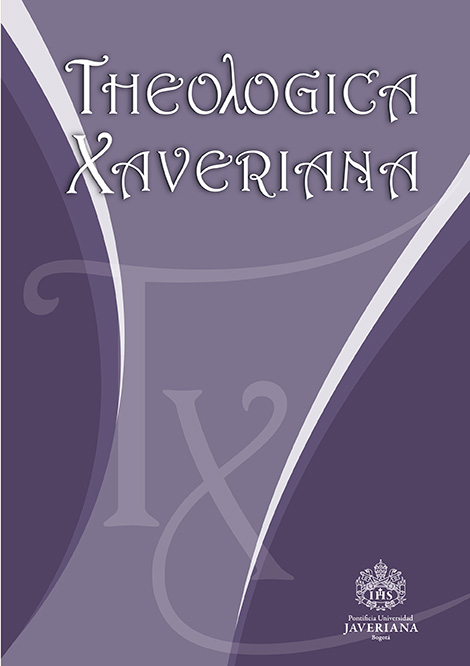Abstract
To speak of human mobility is to speak of a fact that can be addressed from two points of view: the causes—or situations that motivate the departure from one’s own territory; and the consequences—the situations that migrants encounter in the places of destination. While some individuals understand such mobility as a resource for solving problems in the places of origin, others perceive it as a threat and a social burden that shakes cultural and social relationships.
The books of the Bible describe such situations intertwined with salvation history, in which God makes himself present. In some parts, these books describe the circumstances that motivated entire populations to go out in search of better lands; and in others, they describe how were these people received, and the challenges they faced in building a new story in the places where they arrived.
The Bible assigns an important position to the migrant, either to guide the way in which she or he should be received, or to tell migrants what to do when arriving in a foreign place; this, because the people of Israel will consider themselves as foreigners as long as they can return to God’s promised land. Thus, begins the so-called historical creed in the book of Deuteronomy: “My father was a wandering Aramean” (Dt 26:5). The Old Testament offers many stories of characters who have left their homeland, seeking for a better destiny, while God guarantees them protection as migrants. In the New Testament, Jesus presents himself as a migrant, relates to strangers in a foreign land, and proposes—to those who want to follow him—an itinerant uprooting movement. These are the topics that we will address in the following pages, in an attempt to understand migration from the very heart of the Scriptures.
Alonso, P. The Woman Who Changed Jesus: Crossing Boundaries in Mark 7:24-30. Leuven: Peeters Publisher & Booksellers, 2011
Bauman, Stephan; y Jenny Yang. “An Evangelical Perspective on Immigration”. Tikkun magazine 28/3 (2013): 49-50.
Carroll, Daniel. “Biblical Perspectives on Migration and Mission: Contributions from the Old Testament.” Mission Studies 30 (2013): 9-26.
Castillo Guerra, Jorge. “Teología de la migración: movilidad humana y transformaciones teológicas”. Theologica Xaveriana 63/176 (2013): 367-401.
Collin, Matthieu. Abrahán. Estella (Navarra): Verbo Divino, 1987,
García, Paula. “El pan en el Evangelio de Marcos: la disputa entre los hijos y los perros”, Cuestiones Teológicas, Vol. 41, No. 96 (2014), 307-324.
González Echegaray, Joaquín. El creciente fértil y la Biblia. Estella (Navarra): Verbo Divino, 2012.
Honig, Bonnie. “Rut, migrante ejemplar. El duelo y las políticas simbólicas de la inmigración”. Acta poética 31/1 (2010): 61-99.
Malbon, E. “The Jesus of Mark and the Sea of Galilee”. Journal of Biblical Literature 103/3 (1984): 363-377.
Malina, Bruce. El mundo social de Jesús y los evangelios. La antropología cultural mediterránea y el Nuevo Testamento. Santander: Sal Terrae, 2002.
_____. Los evangelios sinópticos y la cultura Mediterránea del siglo I. Comentario desde las ciencias sociales. Estella (Navarra): Verbo Divino, 1996.
Markl, D. “La Bibbia: una biblioteca scritta da migranti”. La Civiltà Cattolica IV (2017): 325-332.
Pierre, Buis. El libro de los Números. Estella (Navarra): Verbo Divino, 1993.
Tassln, Claude. El judaísmo desde el destierro hasta el tiempo de Jesús. Estella (Navarra): Verbo Divino, 1987.
Theissen, Gerard. El movimiento de Jesús. Historia social de una revolución de los valores.
Salamanca: Sígueme, 2005.
_____. Sociología del movimiento de Jesús. El nacimiento del cristianismo primitivo. Santander: Sal Terrae, 1979.
Wefald, E. “The Separate Gentile Mission in Mark: A Narrative Explanation of MarkanB Geography, the Two Feeding Accounts and Exorcisms”. Journal for the Study of the New Testament 18 (1995): 3-26.

This work is licensed under a Creative Commons Attribution 4.0 International License.


